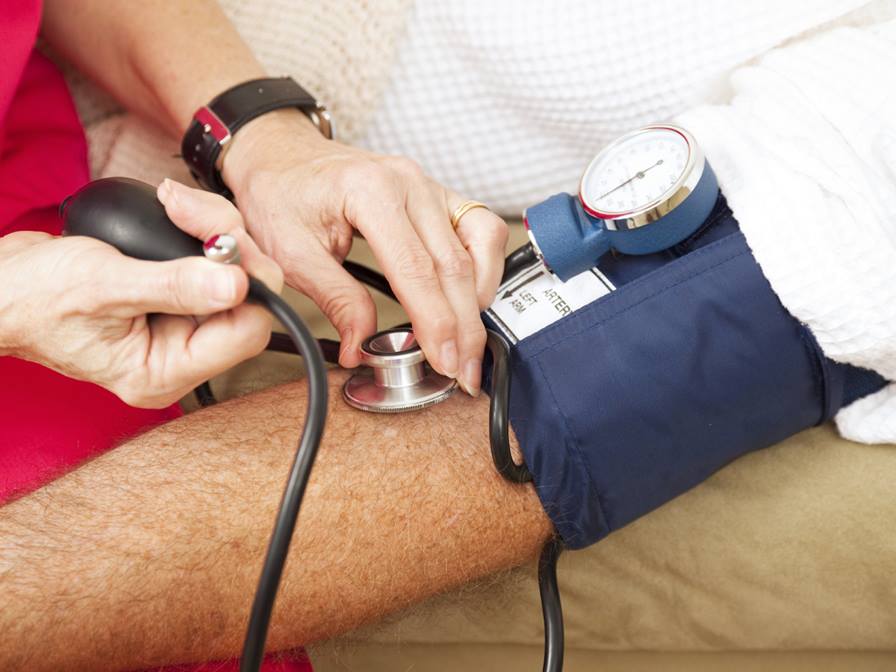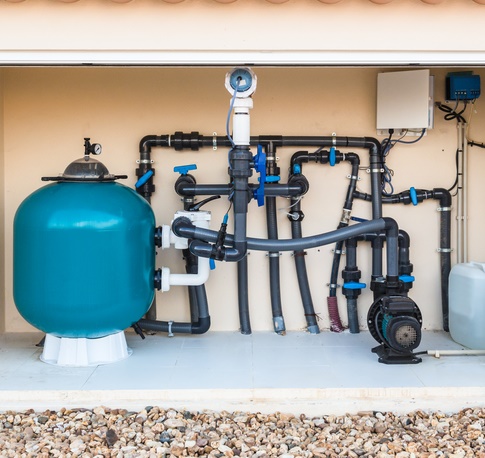Blood Pressure
Published .

Blood pressure is a standard vital sign that the EMS crew will collect for nearly all patients. Generally speaking, EMS concerns about blood pressure tend to end with the systolic blood pressure. As a whole, the EMS community is not terribly concerned with hypertension (high blood pressure), but extremely concerned with hypotension (low blood pressure).
Why Two Pressures?

Typically, pumps that flow liquids are constant, increasing or decreasing depending upon conditions. The circulatory system is different. One could say that the diastolic pressure (the pressure when the heart is between contractions) is the constant or residual pressure. The systolic (during contraction) is a higher pressure than the residual pressure. This is due to the need to create a wave of pressure to ensure blood flows through the various tiny even microscopic blood vessels in the body. The tiny network of blood vessels in the body create resistance to flow, defeating the typical flow of a one pressure pump. This resistance is referred to as systemic vascular resistance.

The amount of blood that leaves the left ventricle is referred to as stroke volume. Stroke volume can be measured in milliliters (ml). Let’s say that a patient has a stroke volume of 100 ml and the heart is beating 80 times a minute, this would equate to a cardiac output of 8 liters per minute. 8 liters of blood pumping through a closed network of blood vessels translates into pressure. The pressure created by this network of blood vessels is referred to as systemic vascular resistance. In order for the blood to get back to the heart, the blood would have to pass through miles of blood vessels.
In the aortic arch, there are baroreceptors (think pressure sensor) that sense how much pressure is in the circulatory system. This data is relayed to the vasomotor center in the brainstem. The brainstem makes changes to blood pressure by compelling the autonomic nervous system to cause blood vessels to vasoconstrict (get smaller for more pressure) or vasodilate (get larger for less pressure). The same inputs can cause the autonomic nervous system can cause the heart to beat faster or slower or cause a decrease or increase in stroke volume.
Maintaining a normal blood pressure is important for oxygen delivery. If the blood pressure is too low, there will be less oxygen transported to the body and ultimately reaching cells. If the blood pressure is too high, the result will be more oxygen demand by cells, possibly leading to a oxygen deficiency (hypoxia). Blood pressure can also effect glucose transport. Decreased utilization of glucose can often times be seen with patients who are hypertensive.
